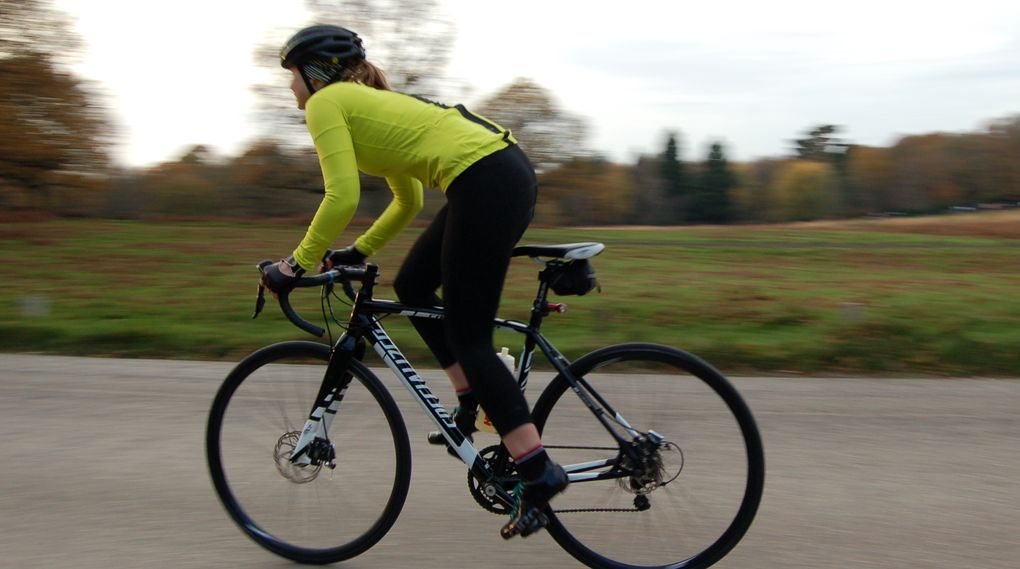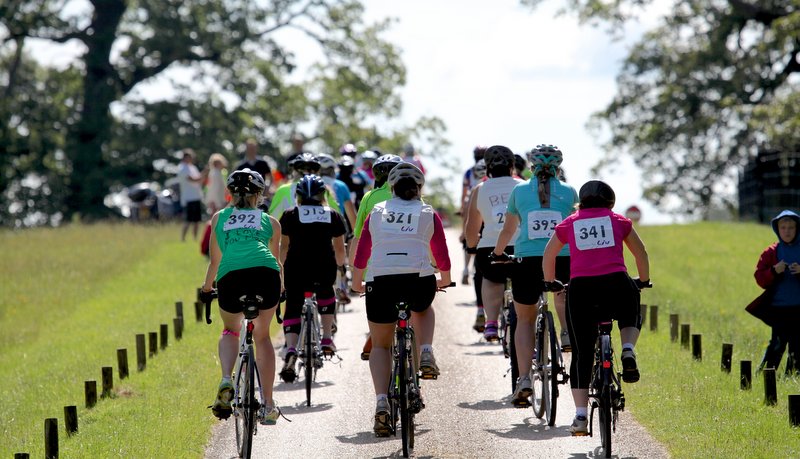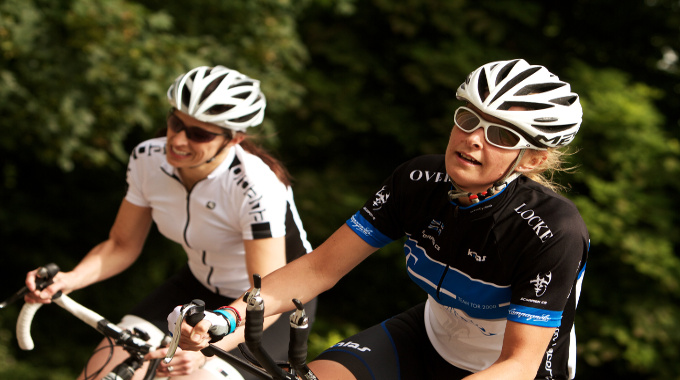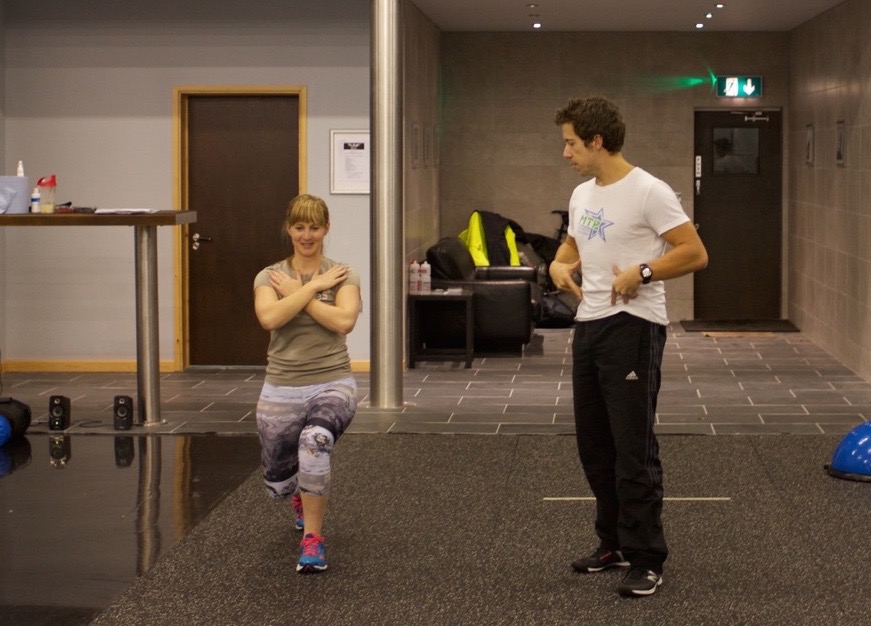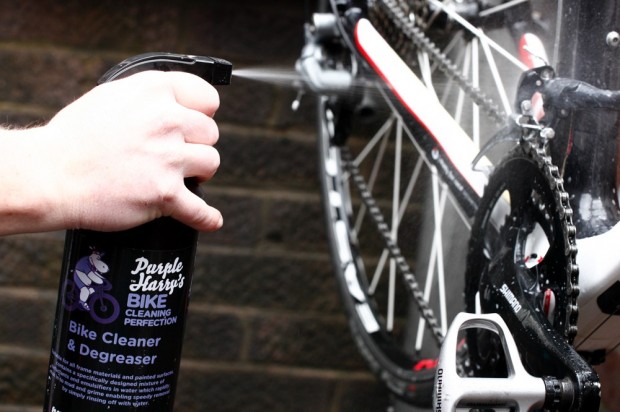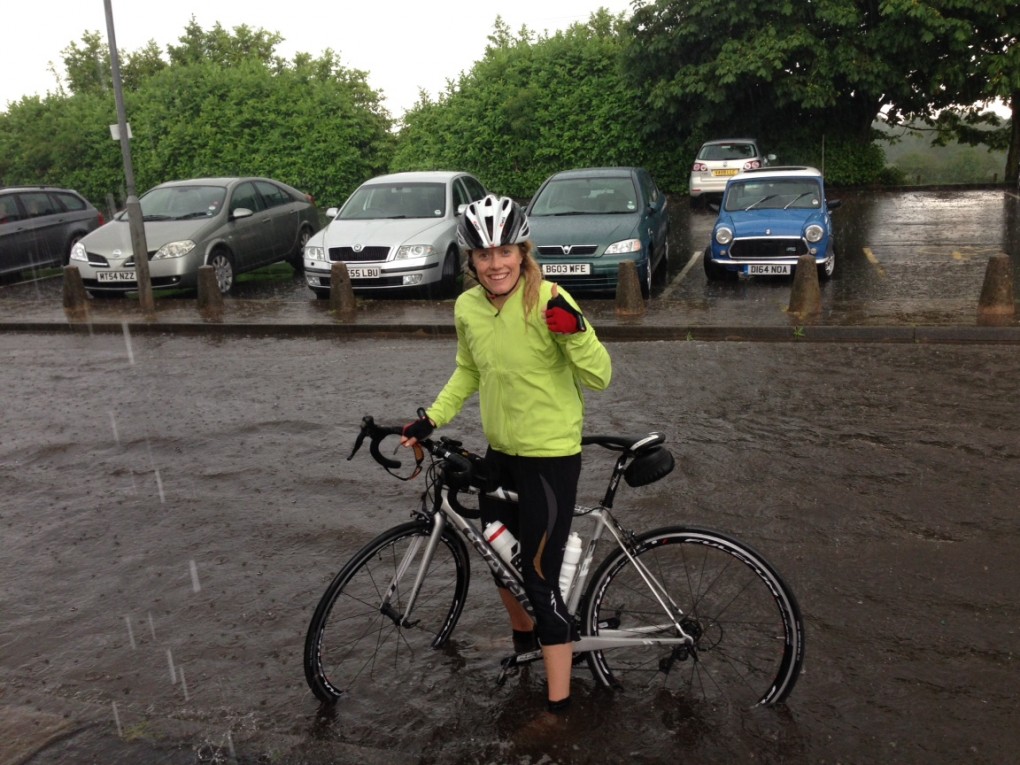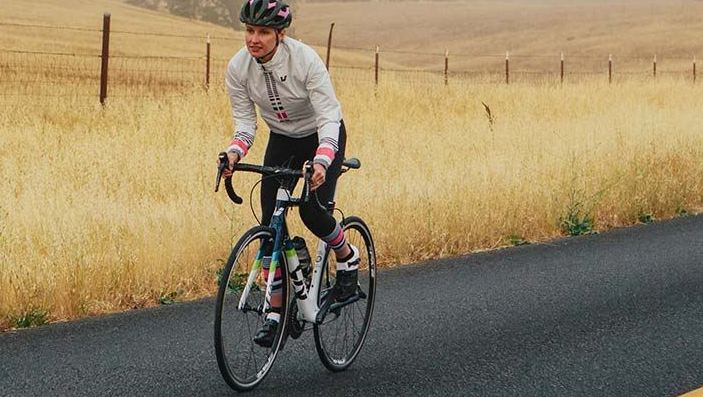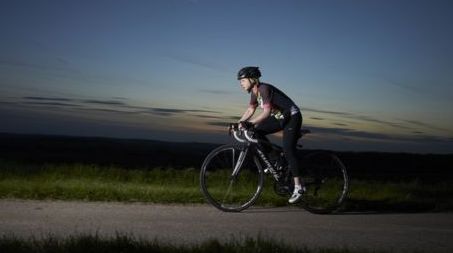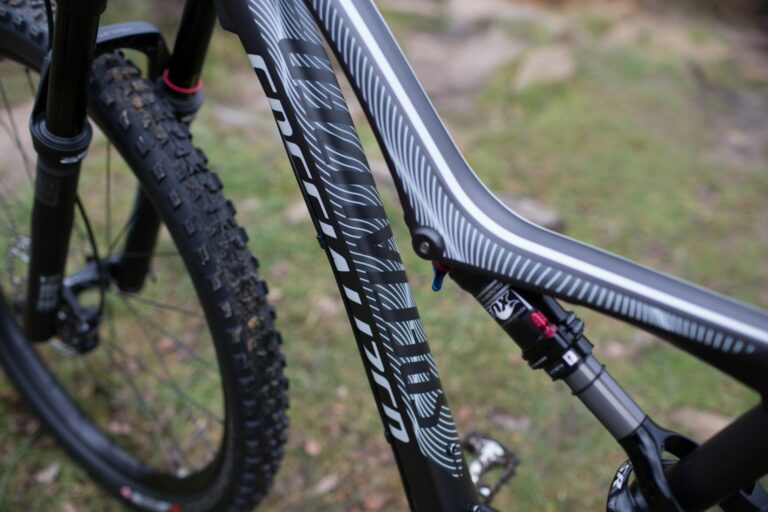Yes, it’s still cold outside and there’s still frost on the car windscreens as we’re leaving for our early morning commutes. However, those watching out the window during the day or lucky enough to spare the odd hour at lunch time might notice that there are also days when the sun is beginning to show its face.
With March in full swing, and the first of the classics already attacked by the pros, it’s fair to say we’re seeing the first signs of spring. This can be both hugely exciting, and also slightly nerve racking for cyclists who have spent the winter months working towards spring or summer goals. It’s even more nerve racking for those who haven’t quite managed the intended training that was prescribed on New Year’s day.
The good news is that the summer season lasts until the end of September – that’s rather a long stretch of sportiving, eventing, long riding or racing ahead. Here are a few tips for a successful progression into spring…
Don’t panic train
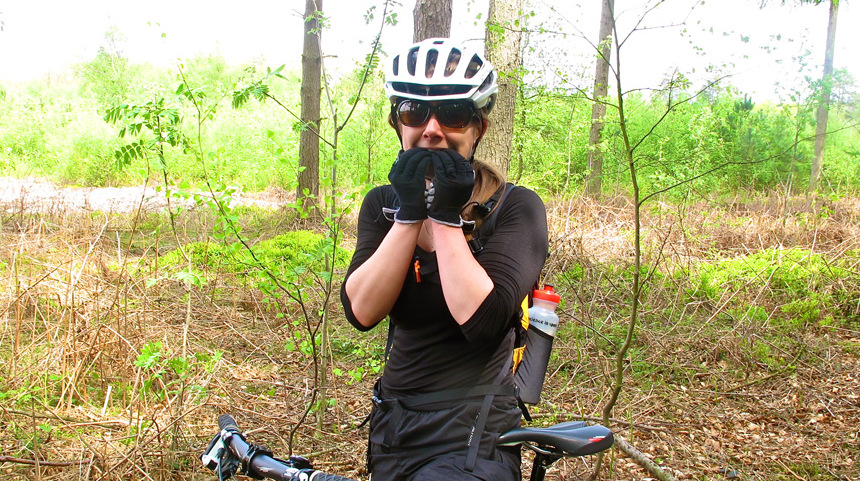
There’s a name for knee pain that starts in the early months of the year – it’s called “spring knee” – and it gains its title from the countless number of riders who decide to suddenly up their milage in March, April and May out of fear that they’ve not done enough to reach their desired level of fitness.
Ramping up training volume or intensity too quickly can result in injury – and that injury can set you back much longer than just being a little bit behind on the schedule. If you feel you’ve not been doing enough, take a look at your goals and work out what you need to do to reach them – it’s more than likely a slow and steady build is still an option.



